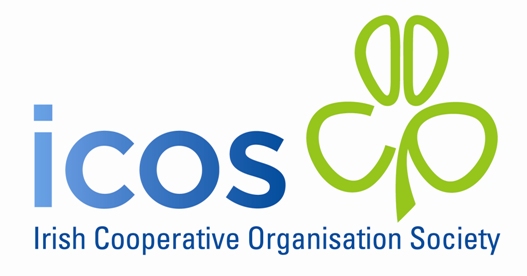ICOS concerns about lack of detail relating to industrial emissions directive proposals

EU Environment Ministers have agreed on a proposal regarding the contentious Industrial Emissions Directive (IED). The document will now go to the Parliament for debate among MEPs before being signed off on probably later this year.
The purpose of the directive is to regulate industrial emissions through a permit scheme operated by EU member states. In April 2022, the EU announced a revision of the directive spreading the scope for the wider inclusion of livestock farming. Up to this point, the directive did not impact upon Irish grassland farming, but with the new proposal, that has all changed. Initially the Commission proposed a threshold of 150 livestock units which would have been hugely problematic and was roundly criticised by farm groups and organisations across the EU.
Last week, environment ministers meeting in Brussels proposed a higher threshold of 350 LSU. This will now go to the next stage of discussion, but is by no means certain to be the final agreed figure. At this stage of the process, ICOS has identified many concerns. There are many questions which need clarification. For example, it is not clear who the licencing authority will be, how often a permit need to be applied for, the level of inspections, the data required and the fees and costs involved for the farmer.
ICOS is calling on the DAFM and all other relevant Departments, state and semi state bodies who will be involved in the implementation of IED to be mindful of the following possible consequences:
- 350 Livestock units does not mean a 350-cow farm, it could mean a 200-cow farm with calves, replacement heifers and a small number of beef cattle.
- ‘Aggregation’ when factored in means that farm partnerships, farm companies or just a farm with two or more fragmented parcels would be considered as one unit. This could be two generations trying to generate two incomes in a partnership running an owned farm and a leased farm where the two count as an aggregate unit for the IED threshold. Another example would be where a farm runs two separate parcels with one in dairy and the other in beef counting as one unit.
- The possibility of a full ‘permitting’ system with public oversight would be extremely burdensome on farmers and on the state. ICOS feels that affording members of the public the opportunity to make submissions on whether a farmer can or cannot practice their ongoing business is deeply unfair.
- ICOS favours a straightforward registration process where duplication of reporting is eliminated for farmers with most of their data is already in state hands. Farmers are already bound by environmental and other rules within CAP measures and are subject to inspections on same. Furthermore, all dairy farmers are members of SDAS, on which they are periodically audited.
- The 350 LSU figure may be subject to future change and this directive may prove to be a steppingstone to reducing thresholds and bringing more farmers into scope in the future.
ICOS feels that before a final agreement on the revision of IED, there is plenty of scope to shape the directive within an Irish context. Being an EU “directive” as opposed to “regulation” allows flexibility within member states on its application.
Meanwhile COPA and COGECA the European umbrella body for farm groups and co-ops of which ICOS is a member, issued a strongly worded statement “solemnly” calling on members of the European parliament, in particular members of the Committee on Agriculture and Environment, to send a strong message to protect this strategic sector for the EU. “(IED) requests time, pragmatic answers, and support to continue its ongoing transitions and in any case deserves better than dogmatism and ideology!” according to the Brussels based organisation.